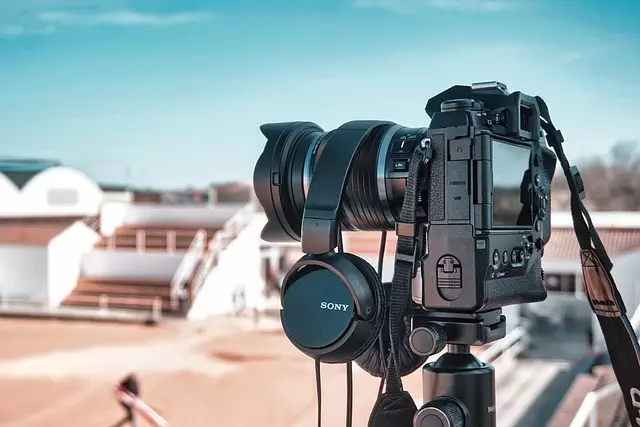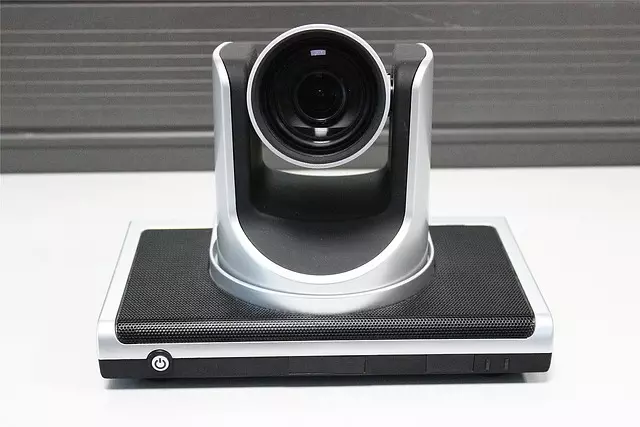TL;DR: Optimizing DivX Playback on Your PC
To seamlessly play DivX videos on your PC, follow these steps:
1. Leverage hardware acceleration: Modern media players like VLC or PotPlayer support GPU decoding for DivX, offloading processing tasks from the CPU to enhance performance.
2. Optimize system settings: Disable visual effects and power saving modes to ensure smooth playback, especially with high-resolution content.
3. Keep software updated: Regularly update your operating system and media player to benefit from performance improvements and bug fixes for video decoding.
DivX's strengths include significant file size reduction and cross-platform compatibility, making it easy to stream and share without extra software requirements.
Introduction:
Looking to seamlessly encode and decode videos while maintaining optimal efficiency? DivX, a powerful video compression format, offers a robust solution. This guide delves into the intricacies of How to Play DivX on PC, focusing on efficient video playback techniques. From understanding the DivX advantages and its role in compression to implementing best practices for smooth, trouble-free playback, we cover it all. Discover how to choose the right codec, optimize settings, and explore advanced features to master DivX video playback on your PC.
# How to Play DivX on PC: Efficient Video Encoding and Decoding Techniques

To play DivX videos smoothly on your PC, understanding efficient video encoding and decoding techniques is key. DivX, a popular video codec, has been optimized over time to provide high-quality playback while minimizing resource usage. One of the primary methods involves utilizing hardware acceleration, which offloads the heavy processing tasks from your CPU to dedicated graphics cards (GPUs), significantly enhancing performance. Many modern media players, like VLC Media Player or PotPlayer, support GPU acceleration for DivX decoding, ensuring smooth video playback even with high-resolution content.
Furthermore, optimizing your system settings can greatly improve how your PC handles DivX videos. This includes disabling unnecessary visual effects and power saving modes that may slow down processing. Keeping your operating system and media player up to date is also crucial, as updates often include performance enhancements and bug fixes specific to video decoding. By leveraging these efficient techniques, you’ll find that playing DivX on your PC becomes a seamless experience, providing an enjoyable viewing pleasure without any lag or buffering issues.
Understanding DivX and its Advantages

DivX is a video codec, or compression algorithm, designed to efficiently encode and decode videos while maintaining high-quality visuals. It’s particularly renowned for its ability to compress video files significantly without noticeable loss in quality, making it an ideal choice for streaming and storing multimedia content. The codec was developed with the primary goal of offering a better alternative to existing formats like MPEG-2, especially for online distribution where file size needs to be minimized while preserving viewing pleasure.
One significant advantage of DivX is its compatibility across various platforms. Users can easily play DivX videos on their PCs without requiring additional software in most cases. This is achieved through widespread support in media players and operating systems. Furthermore, DivX’s efficient compression allows for smaller file sizes, resulting in faster streaming and easier sharing over the internet. Learning how to play DivX on a PC is straightforward; most modern video players can handle these files natively, ensuring a seamless playback experience.
In conclusion, DivX stands as a powerful codec for efficient video encoding and decoding on PCs. Its capabilities make it an excellent choice for enthusiasts seeking to play high-quality videos without compromising performance. By understanding the advantages of DivX and following efficient techniques outlined in this guide, you’ll unlock the full potential of your PC’s video playback experience when playing DivX files.
